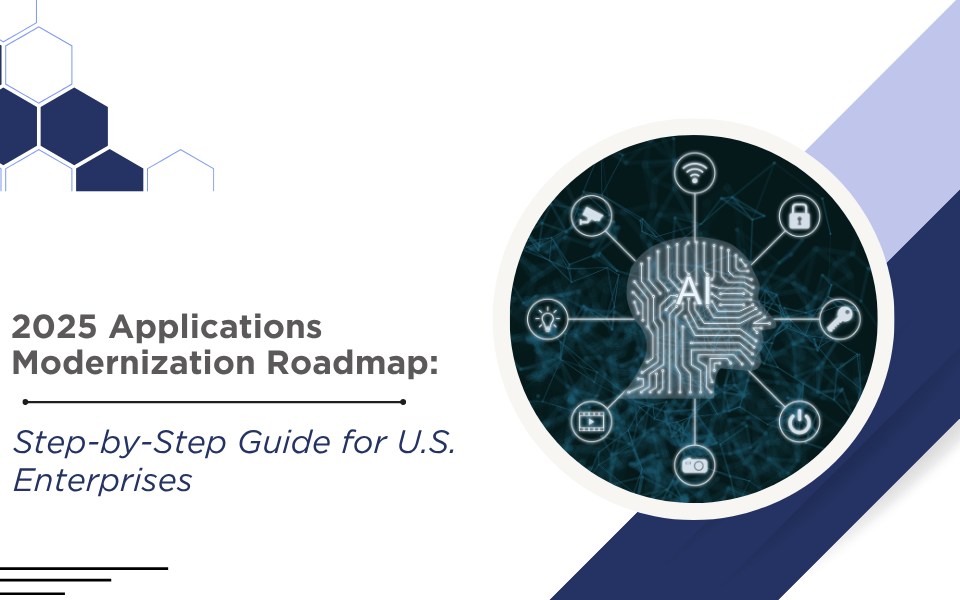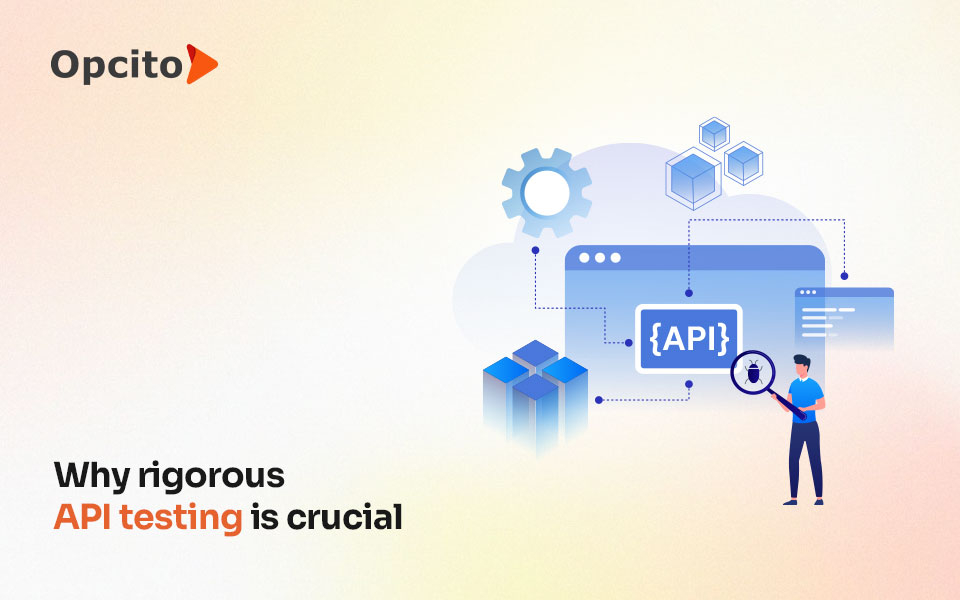The ever-growing relationship between technology and financial services has brought significant changes to the financial industry. Shifting market conditions, customer needs, entry of new players, ever changing innovative technologies and changing regulations is impacting the whole industry. Find out how FinTechs play a pivotal role in the financial industry by leveraging innovative technologies.
RegTech is already having an impact on the financial industry, with the Financial Conduct Authority (FCA) describing it as “The adoption of new technologies to facilitate the delivery of regulatory requirements.”[1]
Over the past few years, regulatory requirements are evolving globally, to keep pace with the speed and growing complexity of the financial markets. As financial services firms seek to keep pace with regulatory compliance requirements, they are turning to new and innovative regulatory technology tools to assist them in meeting their obligations in an effective and efficient manner. These innovative tools may facilitate the ability of firms to strengthen their compliance programs, which in turn has the potential to save time & cost.[2]
Regulatory Compliance Trends: AI Is The Front Runner
Artificial Intelligence (AI) and Machine Learning (ML) are being increasingly leveraged by FinTech companies as well as banks in the financial services industry. The use of AI for the automation of processes in revenue & billing, cybersecurity, fraud and prevention, reconciliation, AML, and other use cases is rising.
Increased automation of compliance processes is one of the most widely used forms of RegTech which offers many potential benefits. For example, the use of AI allows firms to minimize the need to perform repetitive tasks (such as data cleansing/consolidation, coding and analyzing information across systems). These innovative technologies help to reduce errors and speeding up processes, freeing up resources to perform higher level functions such as reviewing alerts and developing responses. Using innovative new technology solutions, financial institutions make their processes Simple, Smart & Efficient, which can reduce the time, cost and resources required for regulatory compliance.
In fact, the use of AI in global financial industries has increased so rapidly that it is estimated to grow from a $41.1-billion business to $300 billion by 2030.[3]
Why Is Regulatory Compliance Complex?
While high cost of compliance is a burden on large institutions, for smaller entities it is a threat to sustainability; as they don’t have the economies of scale to spread the costs. Below are some challenges face by financial institutions:
1. Complex Processes:
a. Multiple resources for data management & reliance on vendor providers with varying degrees of reliability, quality, and presentation.
b. Manual, unscalable processes, and outdated technologies
2. Data Quality & Management:
a. Fragmented reporting due to the requirement of multiple systems and software
b. Inadequate data standards and management control resulting in weaknesses in governance and oversight
c. The data quality in many companies is poor & a lot of time and efforts are spent to improve it.
3. Data Lineage & Audit
a. Financial institutions have to showcase full audit trail both internally and to the regulators across the financial, actuarial, investment and risk management systems and processes. This single view of all the transformation and rules that have gone in to create a report is hard to get currently.
Top Regulatory Compliance Use Cases
Increased data volume, costly regulatory obligations, and technology adoption cannot be addressed solely with traditional manual processes and people-based approaches. Using an automated solution in place will help to save time & cost to increase profitability. Some of the ways in which banks can adopt AI for regulatory compliance are:
Anti-Money Laundering (AML) Detection
Over the past several years, money laundering has become a major issue. Both financial institutions and governments are constantly looking for new ways to fight money launderers. To solve this problem several anti-money laundering policies have been put in place to help this effort.
The term “anti-money laundering” specifically refers to set of laws, policies, procedures and pieces of regulation that force financial institutions to proactively monitor their clients in order to prevent money laundering and corruption. AML Lookback is typically a regulator mandated exercise wherein a firm / financial institution would have to review historical transactions (usually via a third party) for potentially suspicious activity that might have gone undiscovered / unreported
Current Scenario:
1. Data Ingestion: Unstructured data from multiple data sources
2. Rules: Manual and complex rule building on wire transaction and unstructured teller data
3. Analytics: Extract output data and integrate with company’s case management tool takes time and leads to loss of lineage
New Approach:
1. Sourcing data from disparate sources, mapping it to a common data model
2. Creating AML Lookback Rules based on parameterization which can be reused
3. Automate rules building process and allow easy extraction of reports for further investigation
Benefits:
1. Smart Ingestion algorithm to filter / clean datasets from defined data sources in any format
2. Diagnose and minimize false positives using AI-enabled business rules engine to organize, normalize and format data
3. Ability to create lookback rules with appropriate parameters to get desired results
4. End to end data lineage
Regulatory Reporting & Analytics
‘Regulatory reporting’ is the processes of extracting reports using data from multiple sources as per regulatory mandate. The regulators use this to evaluate a bank’s operations and its overall health, thereby determining the status of compliance with applicable regulatory provisions.[4]
Current Scenario:
1. Regulatory process is multi-step requiring multiple software and systems
2. Requires frequent manual interventions at various stages
3. Due to the use of multiple solutions and processes, hard to track data lineage that is mandated by regulators
New Approach:
1. Source data from various sources into a single data lake or warehouse
2. Create rules on data sets on the fly and ability to reuse
2. Generate sample management report and regulatory report as per schedule
3. Use of AI to understand patterns in rules, file formats and data sets to suggest automation
4. Consolidated solution for data management, regulatory reporting and analytics to streamline processes
Benefits:
1. Data reusability: Data once mapped can be used for generating multiple reports
2. Standardized industry-specific data model enables easy creation of rules and data cleansing
3. 40% time & cost saving to generate reports by using automation and consolidation of processes
Regulatory Compliance Using AI: Simple, Smart & Efficient
1. Simple: Easy To Adopt & Use
Regulatory compliance processes are largely focused on collecting data from various source systems, cleansing the data and checking it for accuracy before submitting to the regulator in the mandated format. A platform-driven approach can simplify this process and using UI-based rules creation, the dependency on technical teams is eliminated.
Additionally, easy adoption models like Software as a Service (SaaS) and/or implementation working directly with existing systems within the institution. This flexibility along with the benefits derived by AI automated solutions are making regulatory processes simpler and value-driven.
2. Smart: Better Decision-making
The biggest value of using AI is its ability to understand and predict patterns in risk, management data and gain insights on their data. AI can enable financial institutions to identify data types, formats and also rules or transformation implemented on each data set, providing easy access to 100% data lineage and traceability with ability to generate insights on the data.
3. Efficient: Significant Savings
 Advancements in Big Data, AI, and Cloud have enabled institutions to automate processes and solution workflows that previously required dedicated human intervention. These manual and repetitive processes can be automated using the power of AI.
Advancements in Big Data, AI, and Cloud have enabled institutions to automate processes and solution workflows that previously required dedicated human intervention. These manual and repetitive processes can be automated using the power of AI.
Automation and consolidation can significantly bring down the time and effort required for compliance while also minimizing manual errors.
Video: How FinTech/HEXANIKA is redefining the technological creation process to bring the efficiencies and effectiveness that banks really need right now
HEXANIKA’s innovative end to end solution automate and consolidate inefficient and ineffective manual processes in Regulatory Compliance, Reporting, Risk Management and Transaction Monitoring. This enables institutions to achieve 100% data and lineage and up to 40% cost saving to not just get higher ROI but also free up resources for customer-centric activities and make the processes simple, smart and efficient.
Co-author: Shailesh Karia
Contributor:
- Poonam Sonavane
- Vedvrat Shikarpur
Image Source:
Feature Image: Freepik.com
Blog Image: Pixabay.com
References:
[1] https://www.fca.org.uk/news/news-stories/call-input-supporting-development-and-adoption-regtech
[2] http://www.finra.org/sites/default/files/2018_RegTech_Report.pdf
[3] https://gomedici.com/top-us-fintechs-making-difference-through-artificial-intelligence/
[4] http://hexanika.com/why-is-regulatory-reporting-tough/






 Advancements in Big Data, AI, and Cloud have enabled institutions to automate processes and solution workflows that previously required dedicated human intervention. These manual and repetitive processes can be automated using the power of AI.
Advancements in Big Data, AI, and Cloud have enabled institutions to automate processes and solution workflows that previously required dedicated human intervention. These manual and repetitive processes can be automated using the power of AI.




























